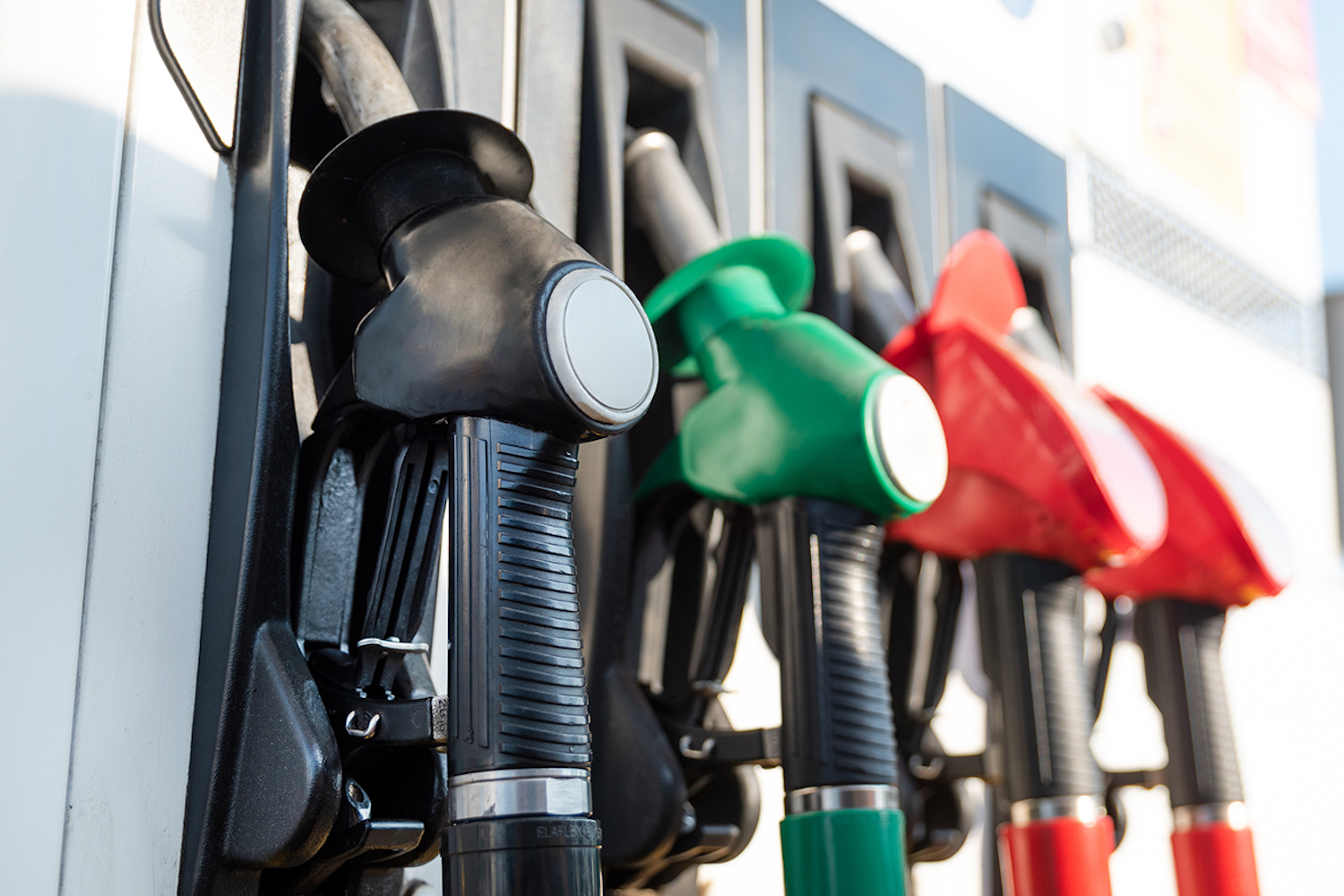The cost of putting fuel in an Irish car has spiked by 17 per cent in the past year, according to new figures from the AA Ireland. The national average price of fuel currently stands at 177.3 cents per litre for petrol and 167.6 cents per litre for diesel. This is an increase of 33 per cent for petrol and an increase of 34 per cent for diesel in the past year, and are now the highest prices AA Ireland says that it has seen since it started recording figures in 1991.
Significant impacts
A recent poll of Irish drivers by the AA found that 84 per cent said that they were 'significantly impacted' by the rising prices. According to the AA's figures, in February 2021, fuel prices were 133.8 cents per litre for petrol, with diesel at 124.9 cents per litre. In February 2020, petrol stood at 141.9c, with diesel at 133.4c
€595 annual increase on 2020 costs
If you want to crunch the numbers a little further, in 2020, filling your petrol car cost €64, while the average price per litre stood at €1.28. This cost you €1,554 to fill your car across the year. In 2021, the cost of filling your petrol car amounted to €75.50, when the average petrol price was €1.51. This amounted to €1,833 for the year, a €279 increase compared to 2020 (+18 per cent). So far in 2022, the average price of petrol stands at €1.77 per litre, so it will cost you €88.50 to fill your vehicle. This would cost you €2,149 for the year and is a €595 increase on 2020 figures (+38 per cent) and a €315 increase on 2021 figures (+17 per cent).
If you were to take away tax on fuel, the cost of a litre of petrol would be 79.3c while a litre of diesel would be 82.3c. 86 per cent of the people the AA polled said that taxes on fuel should be reduced.
Move towards electric vehicles?
That seems unlikely though, as not only will the Government be unwilling to give up revenue, there is some evidence that higher fuel prices are pushing people towards changing their transport choices. The AA's figures show that 17 per cent said that they were more likely to consider buying an electric vehicle, while 7 per cent said they would switch to public transport, and 22 per cent were moving to walking or cycling. That still left 54 per cent, though, who voted for 'none of the above.'

